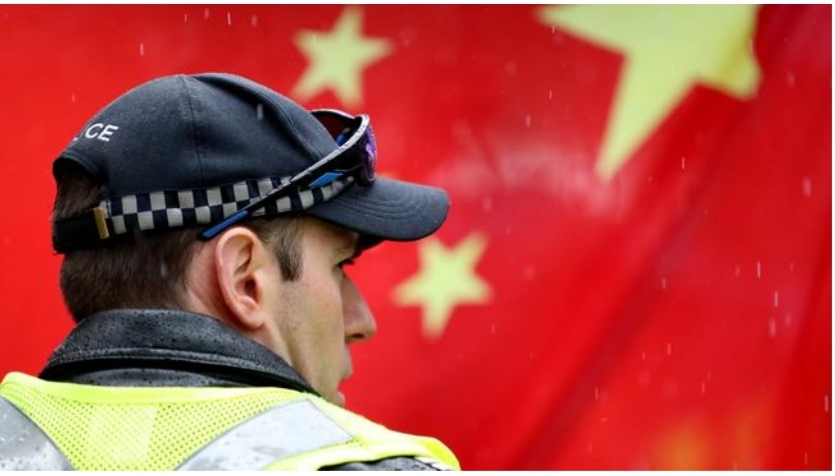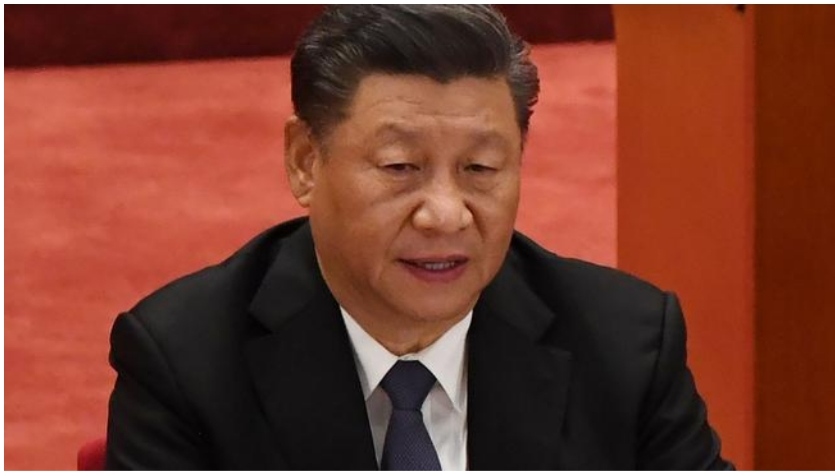Chinese investment in Australia plunged by more than 60 per cent in 2020 as trade war rages

China’s bitter battle with Australia has cost us billions, with investment plummeting to a record low in 2020.
The clash between the two nations has been raging for years, beginning in 2018 when China-US relations fell to new lows and after Australia became the first country to bar Chinese smartphone giant Huawei from its 5G network due to top-secret national security concerns.
Since then, the relationship has severely deteriorated – and now it seems China has had the ultimate revenge.
According to new data from the Chinese Investment in Australia Database (CHIIA) at the Australian National University, Chinese investment in Australia fell by more than 61 per cent last year.
CHIIA found the nation had benefited from just $1 billion of Chinese investment in 2020, compared with $2.6 billion in 2019.
It’s a stunning drop from the peak of $16.5 billion which was welcomed in 2016.
The figures show the total number of Chinese investments was a mere 20, compared with 111 in 2016.
It represents the lowest number recorded in the past six years.
Dr Shiro Armstrong, director of the East Asian Bureau of Economic Research where CHIIA is based, said foreign direct investment fell by 42 per cent worldwide during the coronavirus pandemic in 2020, according to the United Nations.
“UN data is measured differently, but the fall in Chinese investment to Australia was much larger,” Dr Armstrong said.

Australia is feeling the sting from its stoush with China.
“It reflects the effects of COVID but also more scrutiny of foreign investment by the Australian government, particularly that from China.
“The United Nations reports that total foreign investment to Australia fell by 46 per cent, whereas foreign investment to Japan, China, India and some developed countries such as Sweden and Spain rose while investment to the United States and the United Kingdom plummeted.”
In previous years, Chinese investment was present in almost every sector of the local economy – but in 2020, it was limited to real estate, mining and manufacturing.
HOW FEUD STARTED
While China’s feud with Australia was ignited in 2018, it stepped up in early 2020 when the coronavirus pandemic took hold.
Last April, Prime Minister Scott Morrison called for an independent inquiry into the origins of the virus, and China reacted with fury and warned of a boycott on Australian goods.
Since then, China has dealt a series of trade blows, with everything from barley to timber, wine and rock lobsters being slapped with sanctions.
In 2020 Australian journalists were also evacuated out of China and accusations of “spying” were levelled against Australia, with the situation worsening further in July when Australia rejected China’s claim to “historic rights” to parts of the South China Sea.
The following month, China’s Deputy Head of Mission, Wang Xining, made a stunning speech at Canberra’s National Press Club outlining how Australia had wronged the nation.
And in November, a bombshell dossier listing 14 reasons why China was “angry” at Australia was leaked, claiming it was “poisoning bilateral relations”.
CHINA’S LATEST ATTACK
Australia has been on the receiving end of a string of vicious attacks from China in recent months, starting in December after Chinese Foreign Ministry spokesman Zhao Lijian shared a doctored image on Twitter which showed an Australian soldier holding a knife to the throat of a young child.
Since then, China has doubled down on its attack, with Chinese state-owned media sharing a series of fresh cartoons and scathing editorials criticising Australia.
In the latest example, Chinese government mouthpiece the Global Times has taken a new swipe, accusing Australia of doing the US’s bidding and trying to “suppress China”.
The take-down came in response to an Australian Strategic Policy Institute article that declared the Chinese Communist Party had four critical flaws in its strategic thinking about China’s future.

But the opinion piece, published over the weekend, accused Australia, Canada and the UK – all countries of the Five Eyes intelligence network – of trying to “contain rising countries” such as China.
“To put it simply, the Five Eyes is undermining the development rights of the 1.4 billion Chinese people,” the opinion piece states.
“The five countries share a great sense of superiority toward Anglo-Saxon civilisation, and they have tried to comprehensively suppress China and other countries with different ideologies.”
And last week, reports surfaced that Chinese agencies were being encouraged by local authorities not to recommend Australia as an international study option to students, according to The Sydney Morning Herald.
It’s a serious blow for Australia’s international education sector, which brought $37.5 billion to the Australian economy between 2019 and 2020, with a staggering $10.5 billion of that figure from China alone.




